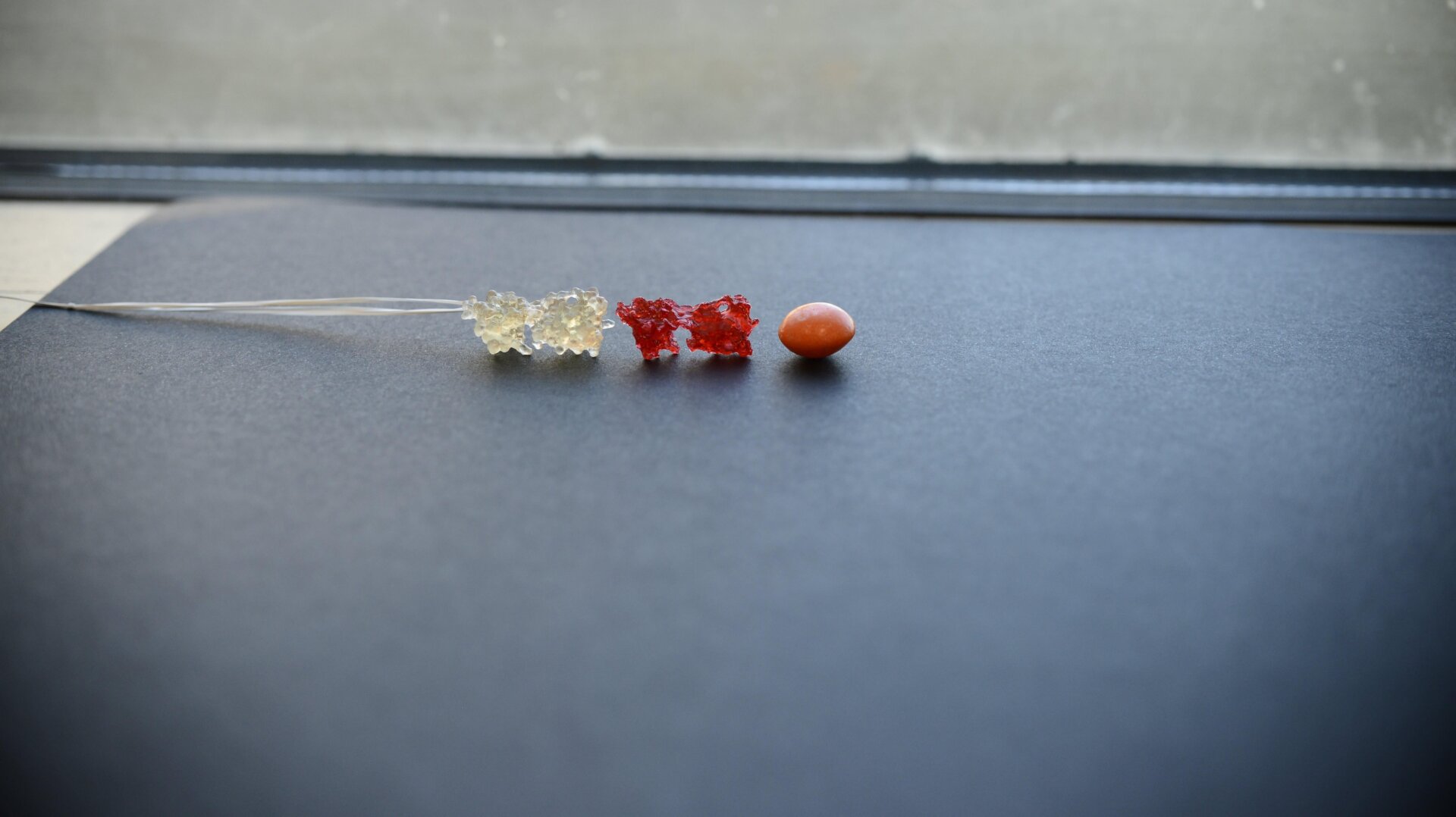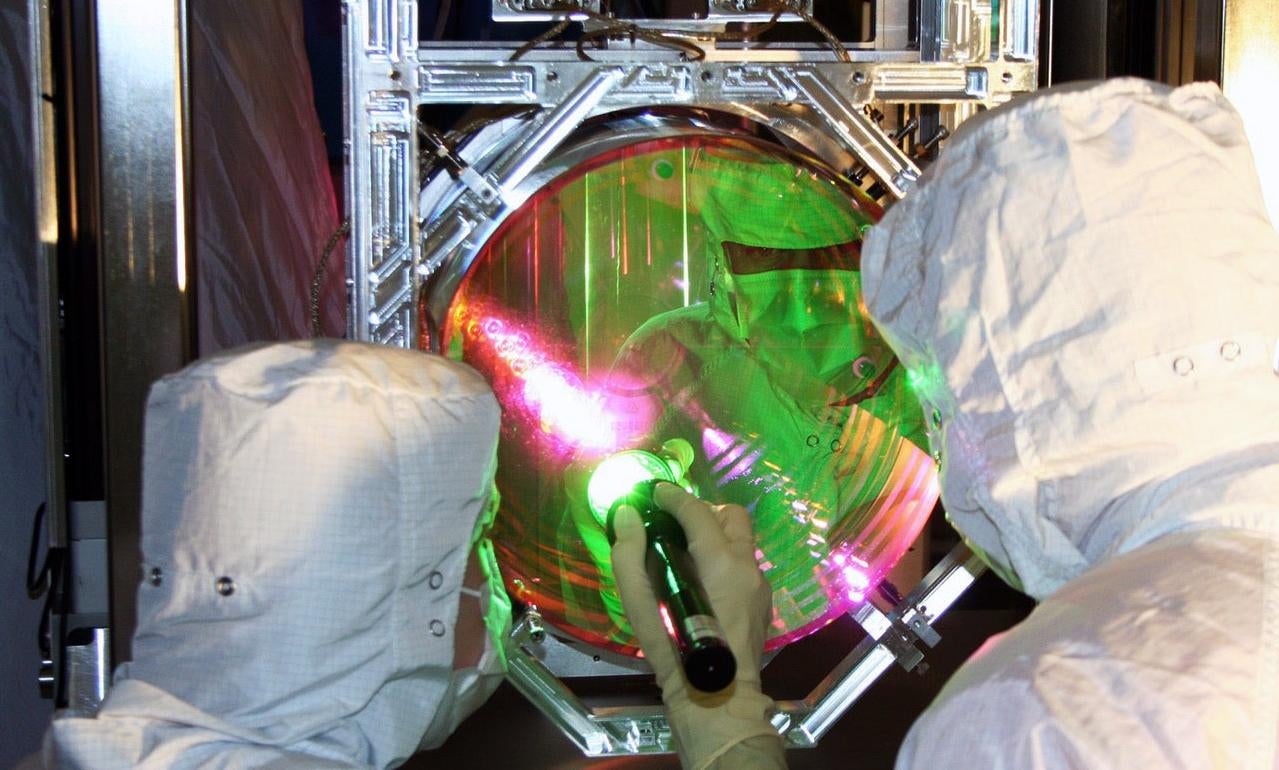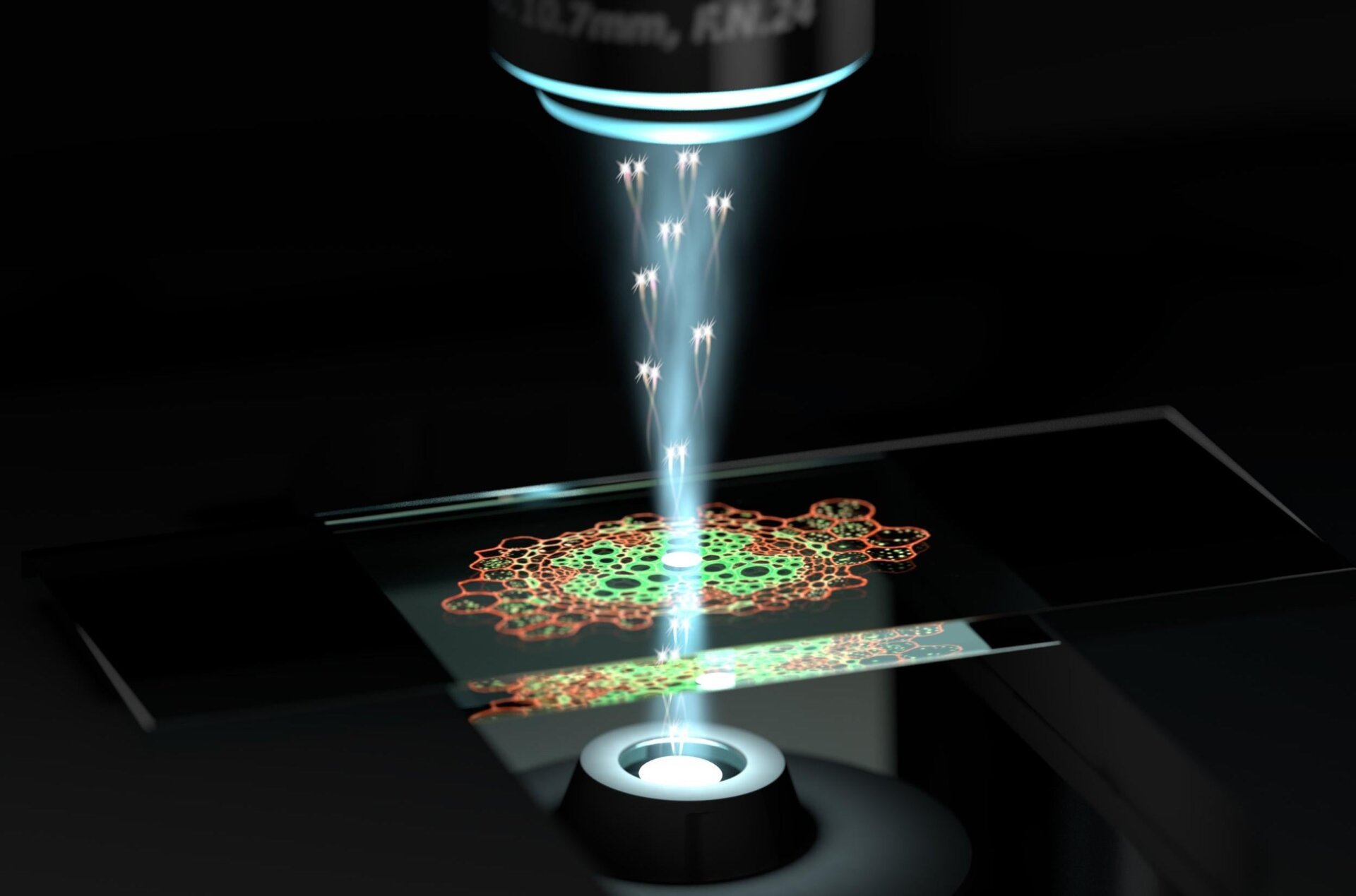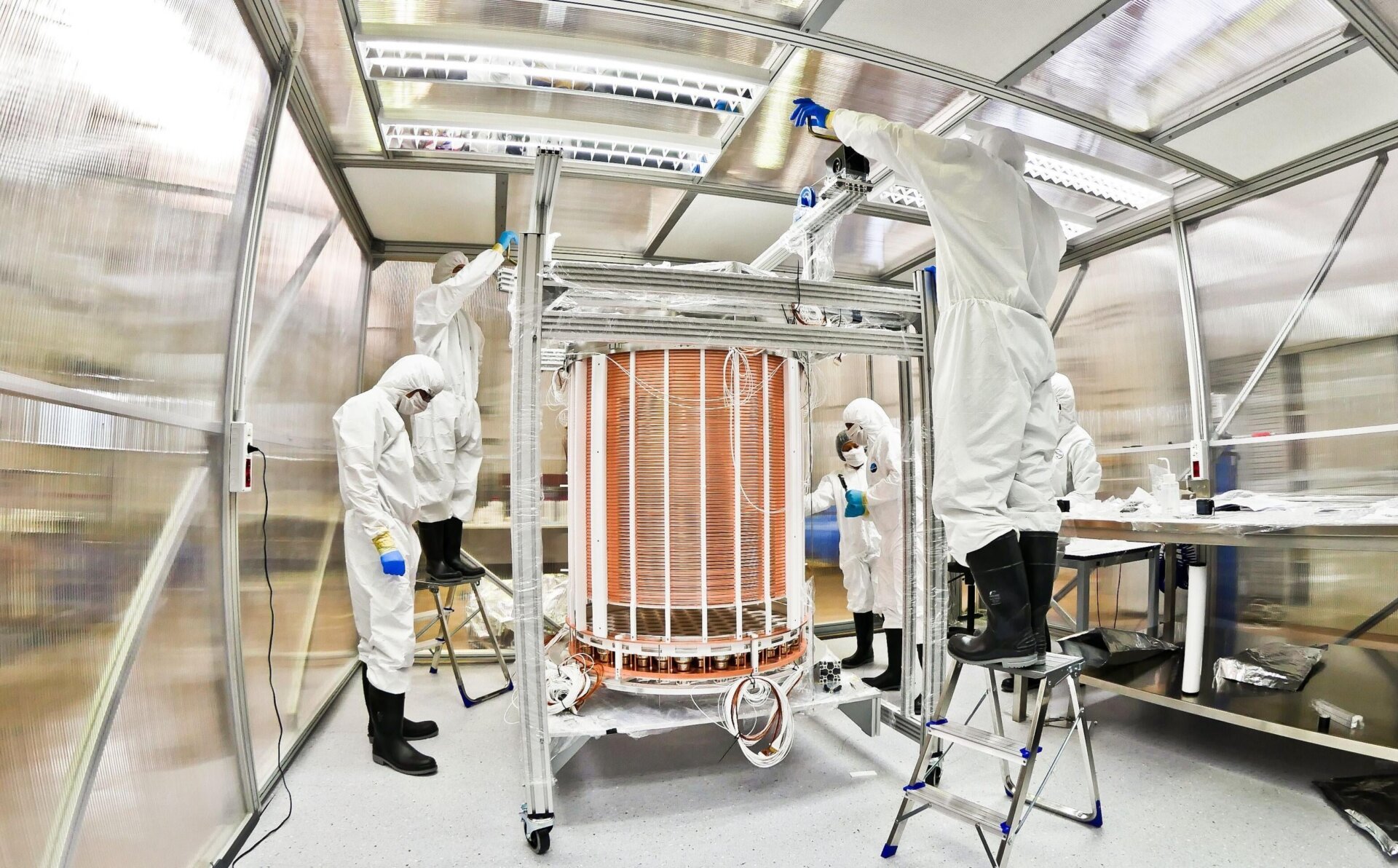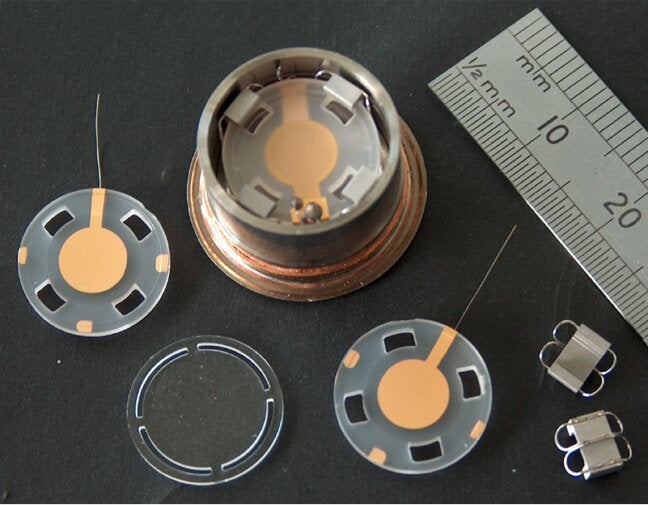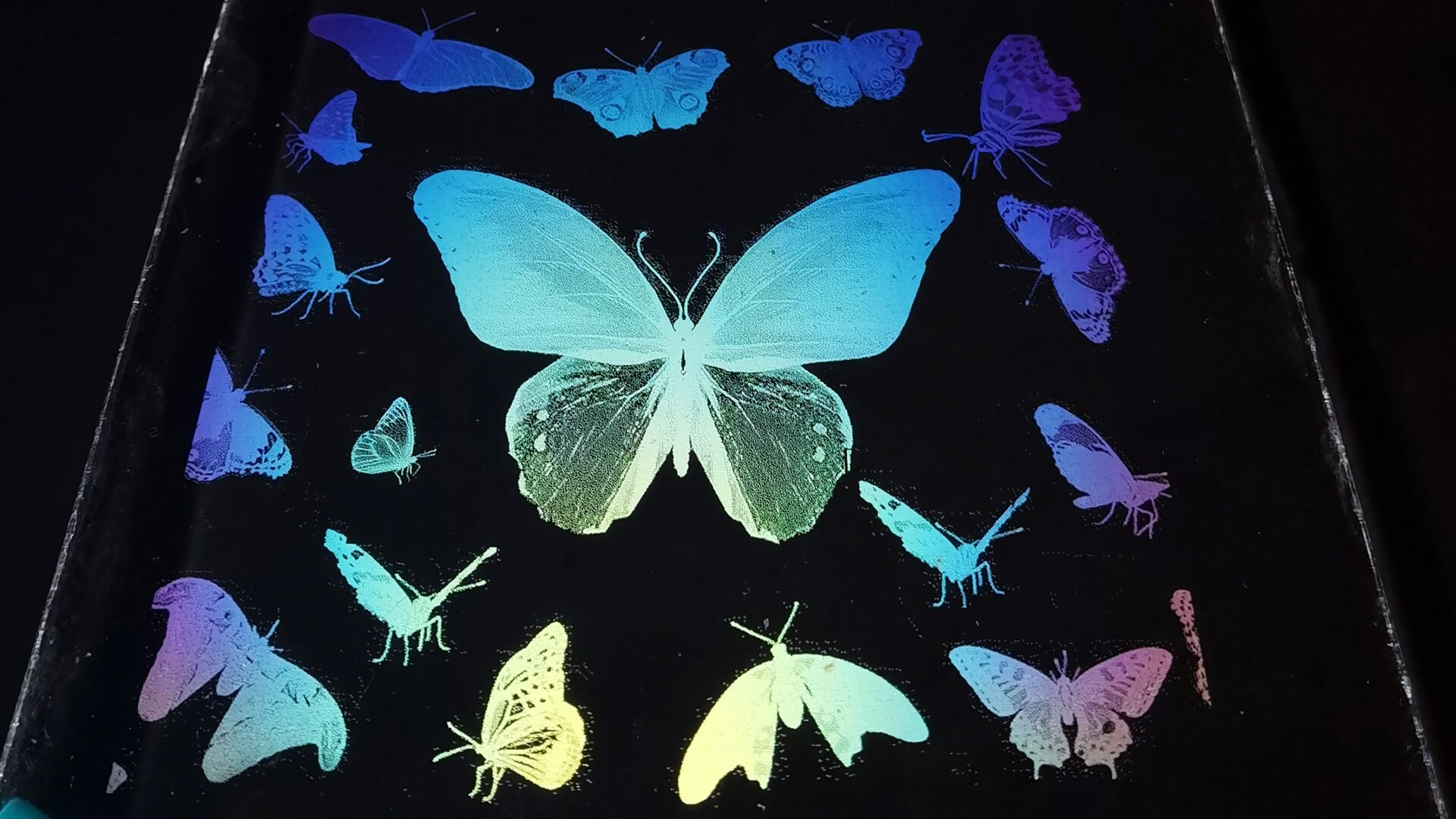Researchers have developed innovative, bite-sized molecular models to enhance interactive learning in science, especially for blind and visually impaired students. These edible and tactile models allow students to explore complex scientific concepts using their sense of touch, specifically within the mouth. A recent study demonstrates that these models are remarkably effective, enabling students to recognize molecular shapes with a level of accuracy comparable to using eyesight.
Baylor University chemistry professor Bryan Shaw leads the research team behind this project. While Shaw’s lab primarily focuses on protein misfolding and neurological disorders like ALS, they also dedicate their efforts to improving science education for visually impaired high school students. This commitment led them to develop these unique mouth models. Inspired by the need to make 3D imagery accessible to all students, particularly those with blindness, the team sought a method that would transcend visual limitations. Shaw’s personal connection to visual impairment, stemming from his son’s experience with eye cancer, further fueled this endeavor.
The research, published in Science Advances, examines how students interacted with various model types. Designed to represent protein molecules like hemoglobin, these models varied in size and material. Some were crafted from edible gelatin, similar to gummy bears, while non-edible models were attached to safety loops to prevent swallowing. Experiments confirmed that students, including those with blindness, could safely manipulate the models, using their mouths to differentiate and recall previously introduced shapes.
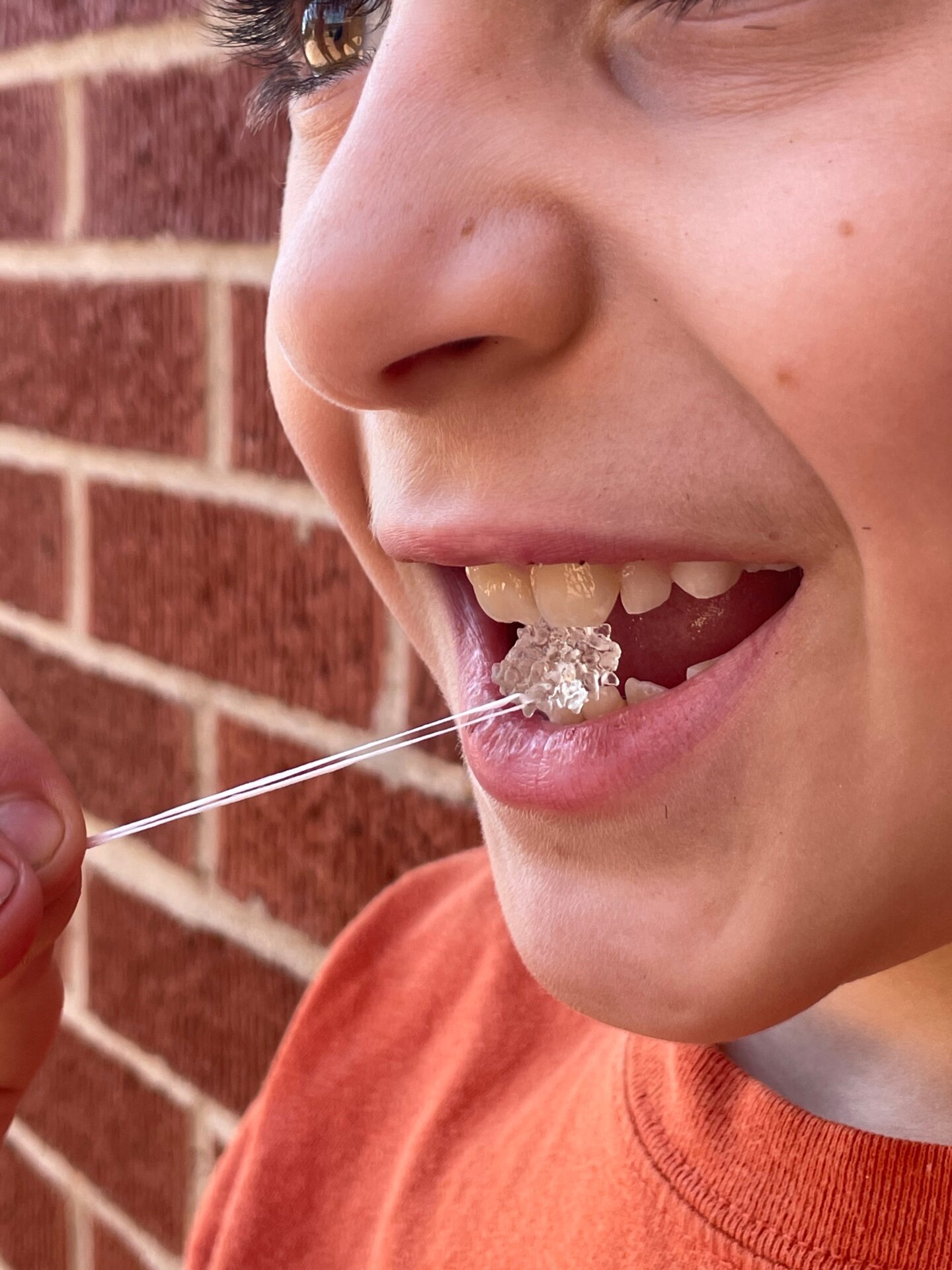 A student exploring a molecular model using their mouth. The attached string ensures safe handling.
A student exploring a molecular model using their mouth. The attached string ensures safe handling.
Shaw highlights the remarkable ability of the mouth, particularly the tongue and lips, to perceive complex 3D structures, even those as small as a grain of rice. The study revealed that students could identify different molecular shapes with approximately 85% accuracy using their mouths, a level comparable to visual recognition. This suggests that, in this context, the tongue can effectively “see” as well as the eyes.
Beyond their innovative design, these models are also cost-effective and easy to produce and store. The resin used for non-edible models costs around 10 cents per unit, while edible versions are expected to be even more affordable, though potentially limited in size.
Looking ahead, the team plans to refine the models further, exploring the incorporation of textures and flavors to enhance the learning experience. Their ultimate goal is to create a widely accessible educational tool that promotes scientific understanding for all students, especially those with visual impairments.
Shaw emphasizes the importance of inclusive science education. He notes that chemistry, a foundational science, has historically been inaccessible to blind students, hindering their broader scientific understanding. He believes that addressing this issue is crucial and that their work contributes significantly to making science more inclusive.



